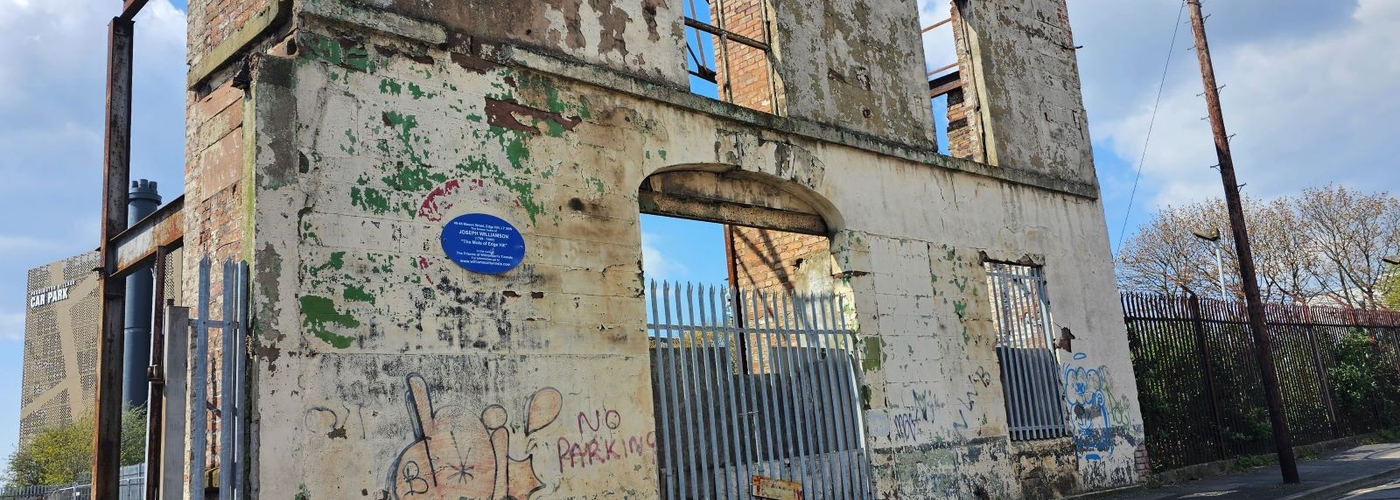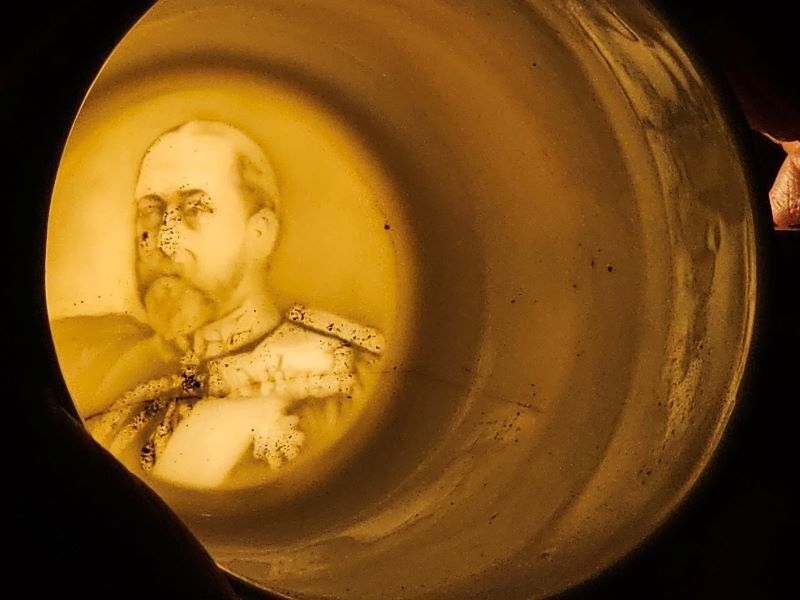Jade Culver drops 60ft below ground and learns about Liverpool's mole man, Joseph Williamson
Sixty feet below (20m) Edge Hill lies a cavernous expanse of sandstone quarries and an extensive network of tunnels with pretty archway entrances dubbed the Williamson tunnels after philanthropist, Joseph Williamson, aka Liverpool’s mole man.
The tunnels are shrouded in mystery, with historians and archaeologists still theorising what the purpose of the tunnels could have been. In fact, the tunnels are so widespread and deep below ground, that some sections are still being uncovered, with others yet to be found.
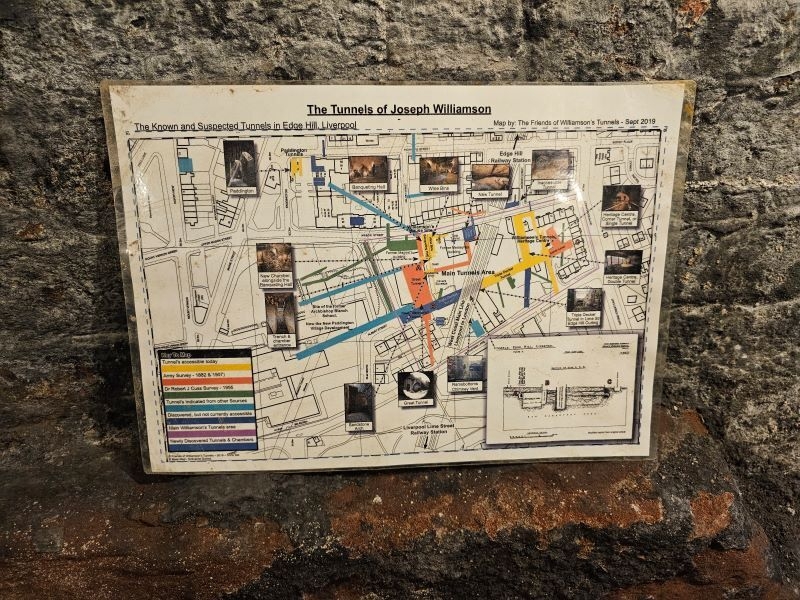
A tourist attraction not known by many, the Williamson tunnels has always been something I wished to explore, and despite it taking me eight years of living in Liverpool to do so, I finally ventured over to the Friends of Williamson Tunnels (FOWT) site on Mason Street to see what it was all about.
On approach to the site, it resembles a barren wasteland with a few cabins, set behind the derelict front of Williamson's Georgian three story home. Lying just beneath the stone-strewn rubble floor is Williamson's basement, and below that is the recently excavated Banquet Hall tunnel.
The reason only the front of Williamson's house remains, is due to it being used for various other purposes over the years including a school and barracks, then much later, a garage that decided to knock down all but the front of the property.
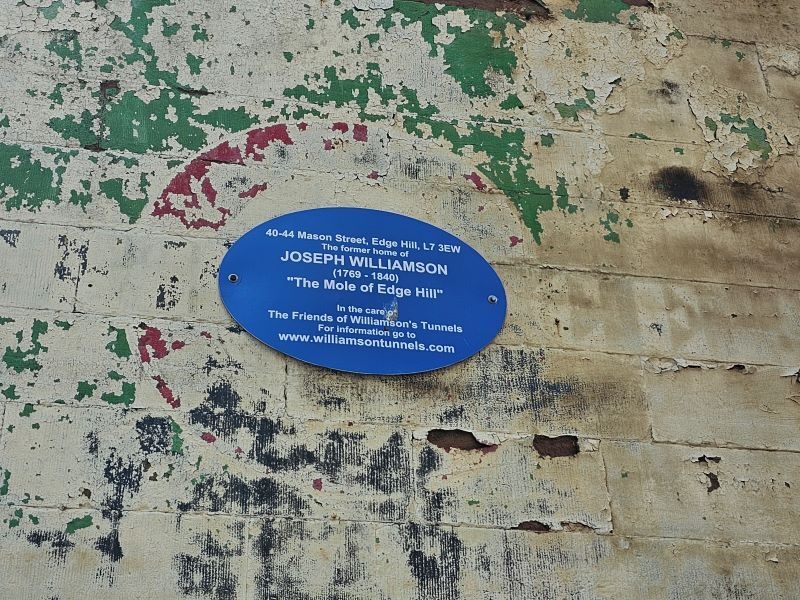
Despite the site's barren looks, the FOWT volunteers are there to greet you with smiling faces, a quick safety brief, a hard hat and a hi-vis vest. When you are ready, your tour guide describes the history of the Williamson Tunnels, whilst taking you to the first tour location.
My tour guide was Tom, a man with incredible knowledge about the area and bursting to the brim with theories on why the Williamson Tunnels were built, and where other tunnels may be or what they were used for.
Our first stop was the Paddington Tunnel site, just a short walk up the road, which lies beneath a student accommodation block. The entrance to the tunnel is daunting in appearance especially on a sunny day when the darkness seeping from below looks like something from a horror movie.

The Paddington Tunnel is the deepest network of arches and tunnels discovered so far in the Williamson complex. It lies on four different levels of roughly carved sandstone floors of sedimentary rock that makes up Edge Hill's hilltop landscape.
The first floor of the tunnel isn't much to look at, but shows where FOWT were first able to break through into the tunnels. Other parts of the first floor had to be reburied due to the tunnel reaching back underneath the student accommodation and footpaths above: digging in certain areas caused parts of the pavement to sink.

On the tunnel's second floor are a selection of bottles, dishware and other miscellaneous items that have been found by FOWT over the years during their excavation progress, with many of the finds being well over one hundred years old or more.
Some of the most interesting pieces on display are original soda bottles with a marble in that would have kept carbonated drinks fizzy. It's surprising that many of the dishware pieces and bottles remain intact.
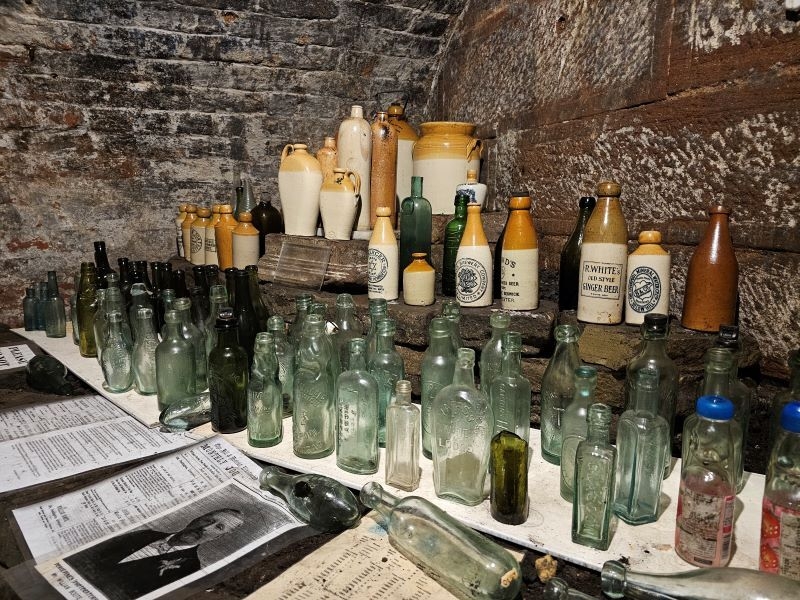
Other pieces found in the tunnels include doll heads and miniature dishes, not dissimilar to ones you would see in traditional dolls houses, to rare pieces such as a mug celebrating the coronation of King Edward VII complete with an engraving of the monarch on the base.
Level three of the tunnel is a huge empty hall with an arched roof (Williamson knew arched roofs are stronger than flat ones). From here you can peer down into the echoing abyss of level four, and if you're brave enough, you can walk down the slippery metal stairs to experience what it's like to be 60ft underground whilst standing on enormous sandstone slabs that took FOWT over four years to uncover.
Although adventuring up and down large heights aren't really my strength, I took a deep breath and continued to the depths, whilst Tom theorised that where we were stood was likely one of the last places Williamson's team of workers dug before his death in 1840.
Tom said: "I believe Williamson had so much money from his tobacco business and other projects he hired men to dig these tunnels so they could learn useful trade skills. There has never been evidence he did it for any other purpose. I don't believe he did it for financial gain."
"It's likely that men were working here everyday, until a foreman just came down when Williamson died and told everyone to stop working, and they just left, never to come back here again."

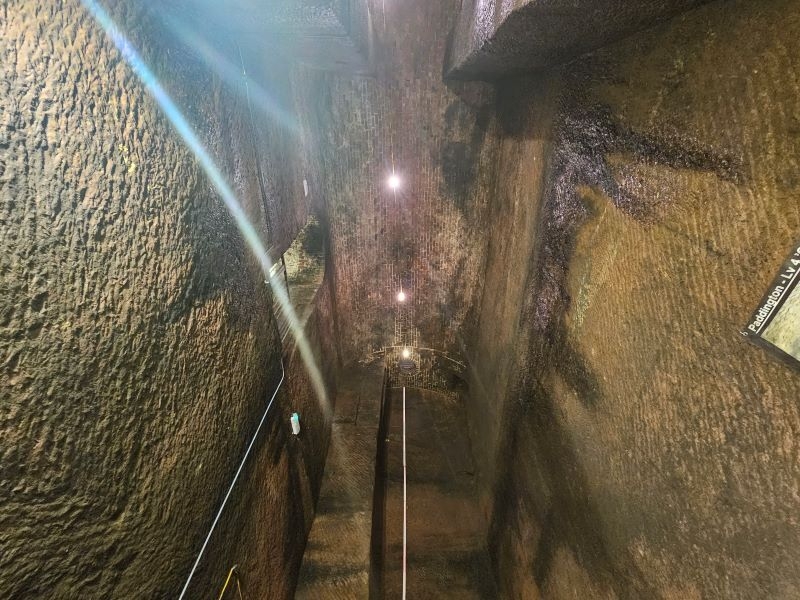
Leaving the dark and damp sandstone cavern of the Paddington Tunnel, Tom redirected us back to where Williamson's home once stood, nodding over to the giant hole in the ground next to our feet.
"That's Williamson's basement, and below that is the Banquet Hall, a tunnel which he built directly underneath his home."
Walking down the few steps to what would have been Williamson's basement floor, I saw how much of the original property had stayed intact, from the steps themselves to a basement kitchen containing a stone basin that would have been used for washing dishes, to an area that probably held a range cooker or stove top.
Even the bay window that would have looked out onto a sunken garden still holds strong.


We headed through an arched doorway. Tom thought this area was a coal storage pit and a place where Williamson's used coal ashes would have been stored before being cleared away.
In this tunnel is a giant cardboard cutout of a smiling cartoon mole, recently introduced by the FOWT team to encourage more families and schools to visit the tunnels. Fun activities include having a selfie with the character, to marking off how many moles can be found on the mole trail.
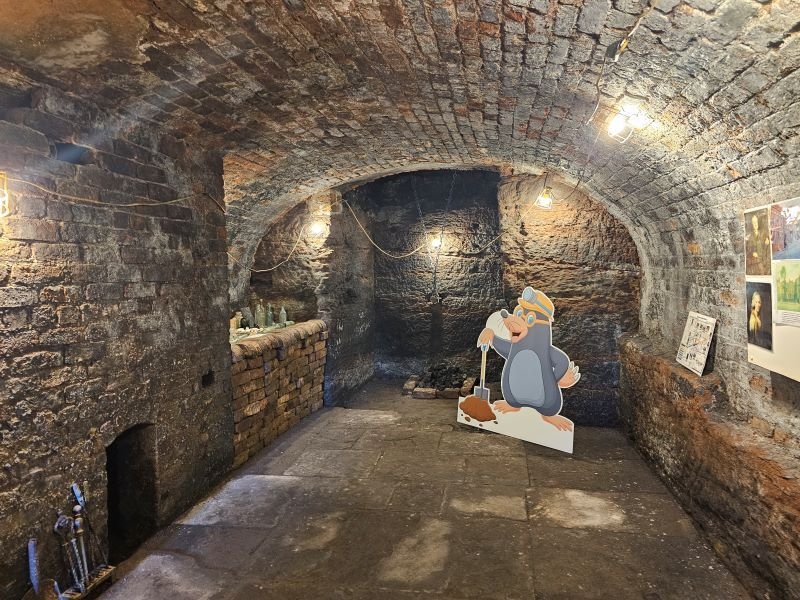
Within Williamson's basement lots more bric-a-brac has been found over the years from the usual dishware and glasses to rusted tools and forgotten electrical appliances from when the building was used as a garage.
One of the more striking pieces was a pair of wooden objects wrapped in a rusted ball of an unidentifiable material. When I queried what they were, Tom said: "These would have been training tools when Williamson's home became an army barracks. They're wooden stakes wrapped in barbed wire used as fencing on the frontline, or even as weapons."

After having a wander around the basement for a while, Tom showed us through yet another archway. This led down to a newly discovered tunnel deep beneath the basement.
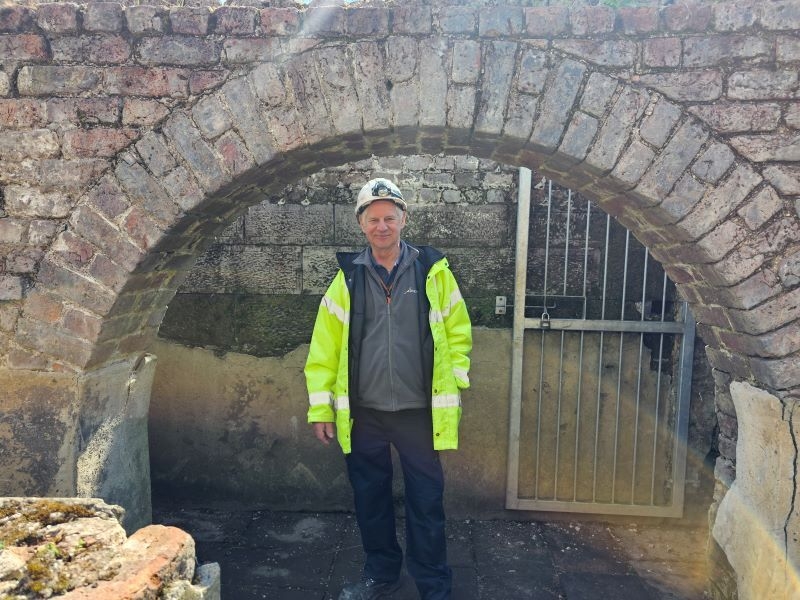
Following Tom down a narrow staircase that required me to turn sidewards in places, the tunnel below the basement opened up into a huge, finely crafted space, the aforementioned Banquet Hall with its smooth sandstone walls.
"Whether or not Williamson threw parties down here, we don't know. But with the hall being such a big space, and the way it has been built, suggests that this was this particular tunnel's purpose."
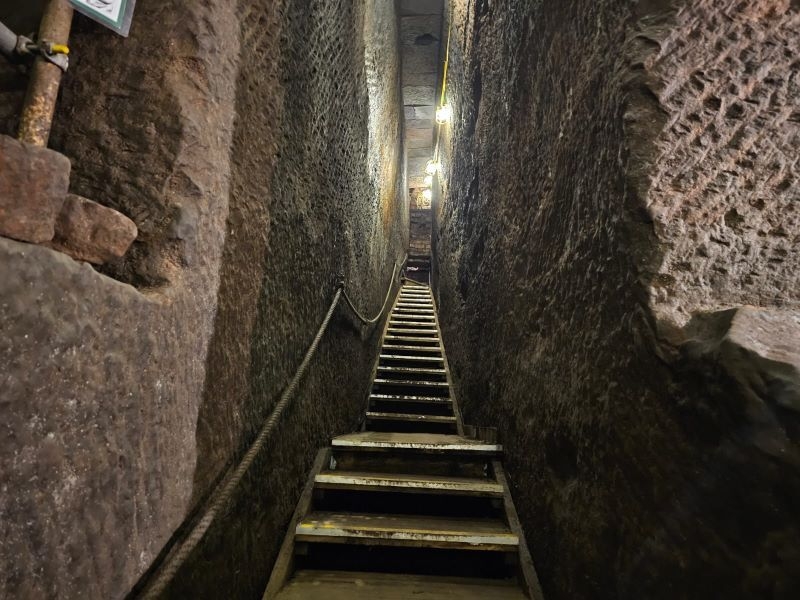

The Banqueting Hall is one of the most dramatic spaces on the trip.
Overall a trip under Liverpool through the Williamson tunnels is a thrilling experience and thoroughly recommended. Liverpool has so many exceptional visitor experiences, far more than other UK cities outside London. The Williamson tunnels are part of that city package and one of the more peculiar. They are a testament to the eccentricity of the man who caused them to be excavated in the first place but also to the dedication of Tom and the FOWT who work so tirelessly and enthusiastically to reveal them for us.

A tour of the main Paddington tunnel requires a donation, as FOWT are a registered charity. Money goes towards maintaining the tunnels as well as searching for more. If you'd like to explore the both tunnel sites, Paddington and the Banquet Hall, that will cost you £5 for a year's membership, allowing you to come back or even volunteer dig.
Tours run on both Wednesday and Sunday, with three tours per day for groups of up to ten.
To book onto a tour, follow the information listed on the FOWT website.
The Friends of Williamson site can be found at: 39 Mason St, Edge Hill, Liverpool L7 3EW
Get the latest news to your inbox
Get the latest food & drink news and exclusive offers by email by signing up to our mailing list. This is one of the ways that Confidentials remains free to our readers and by signing up you help support our high quality, impartial and knowledgable writers. Thank you!






